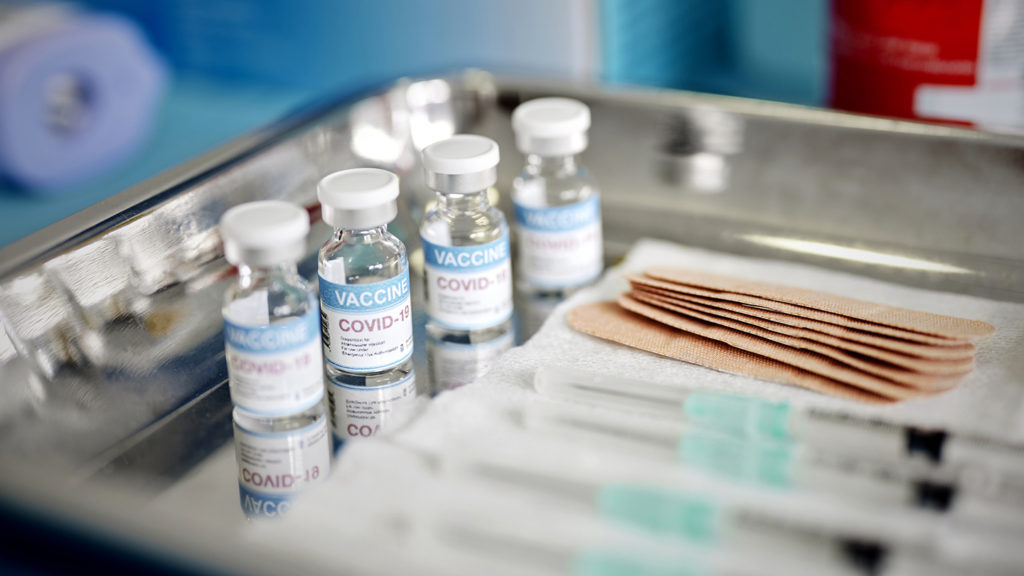
Long-term care provider reporting of COVID-19 cases remains an important tool in helping to guide efforts to save lives, even if pandemic fatigue has set in, a White House data expert said Monday.
Cyrus Shahpar, MD, data director of the White House COVID-19 Response Team, said the data help experts identify where the “bumps in the road” are and potentially how bad they can be for certain populations, including older adults and staff members in congregate settings.
Tracking case and death rates in long-term care facilities, along with the vaccination status of residents and staff, is important to target disease efforts, he said. The pandemic, he added, led data experts to use nontraditional data sources, including information on emerging variants, connected thermometers, nationwide surveys and even wastewater monitoring.
“It’s important to target our efforts,” Shahpar said during a LeadingAge membership call. “As we’ve gone through the pandemic, it’s been more about using sharper, more targeted instruments — certain populations or geographies that may need more support or are vulnerable — rather than just coming up with blunt policies.”
The government’s COVID-19 plan is about maximizing protection, but also understanding that there’s uncertainty, he said.
“We just want to see sustained improvement that would characterize progress in the pandemic,” Shahpar said, adding that the push now is to get eligible individuals boosted.
The benefit of the second booster shot, he said, has been proven and needs to be reinforced. Studies have shown that for anyone six months out from their first booster, protection against infection is about 10%, and protection against hospitalization is 70%. Those protections, Shahpar said, can be increased a great deal with a second booster.
For congregate living settings, he said, the focus is on filling in the immunization gaps and reducing variability in vaccination coverage to reduce pockets of vulnerability that could lead to a large number of cases in a particular area or facility.
For long-term care communities, monitoring what is happening in the surrounding community is important to keep staff members and residents safe. Shahpar suggested using the U.S. Centers for Disease Control and Prevention’s COVID Data Tracker to glean community-level information.
Facilities eligible to report data to the CDC’s National Healthcare Safety Network LTCF COVID-19 Module include assisted living communities, nursing homes / skilled nursing facilities, and facilities providing long-term care for the developmentally disabled. Assisted living communities, unlike nursing homes, are not required to do so, however.
With a constantly evolving threat that can affect the effectiveness of the tools available, Shahpar said a push is underway by the White House to engage Congress to understand that “preparedness is cheaper than dealing with the impacts of the pandemic.”
Shahpar said that older adults and their caregivers will continue to be prioritized as vaccines with updated formulations to cover more recent subvariants are introduced. Progress in fighting COVID has been made, but 68% of deaths from COVID among older adults last year increased to 77% this year.
“These macrotrends are important to understand who might need additional protection,” he said. “The data you provide is useful to guide our efforts.”


